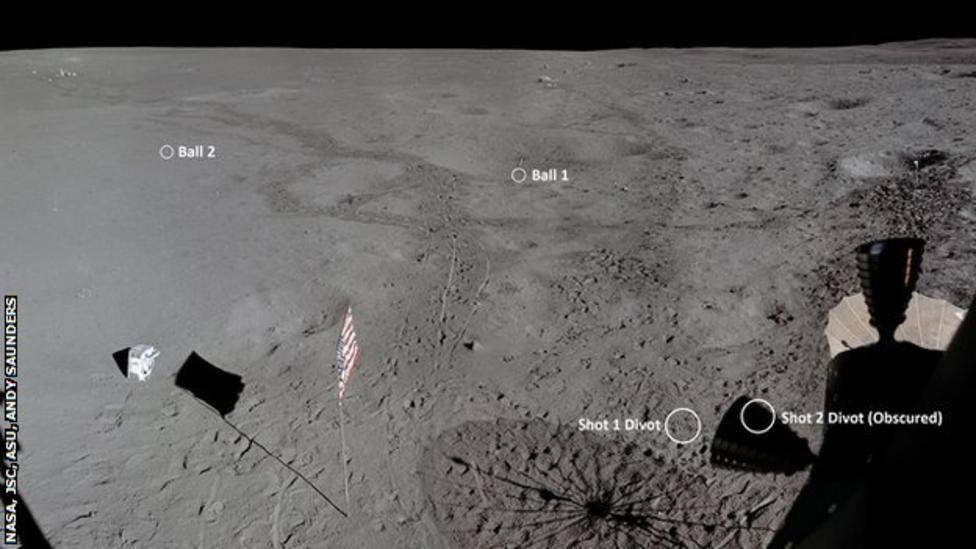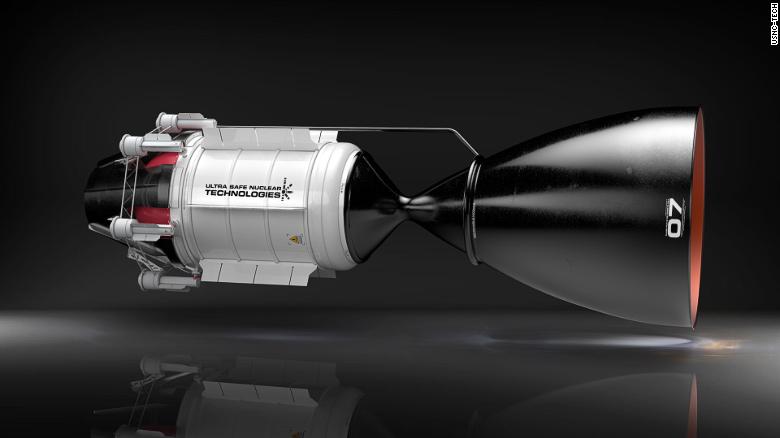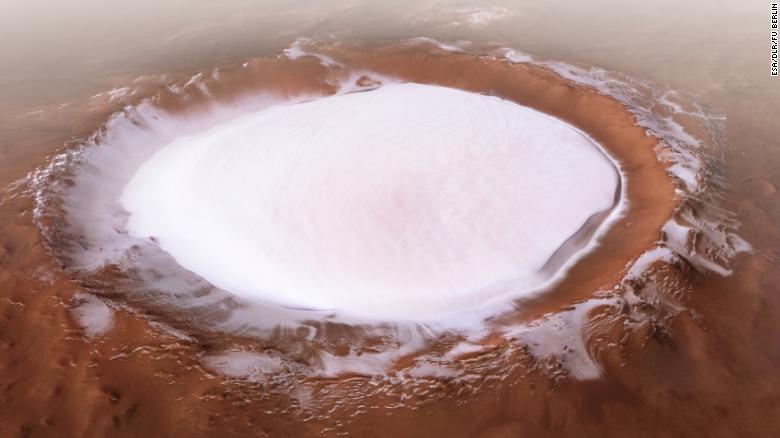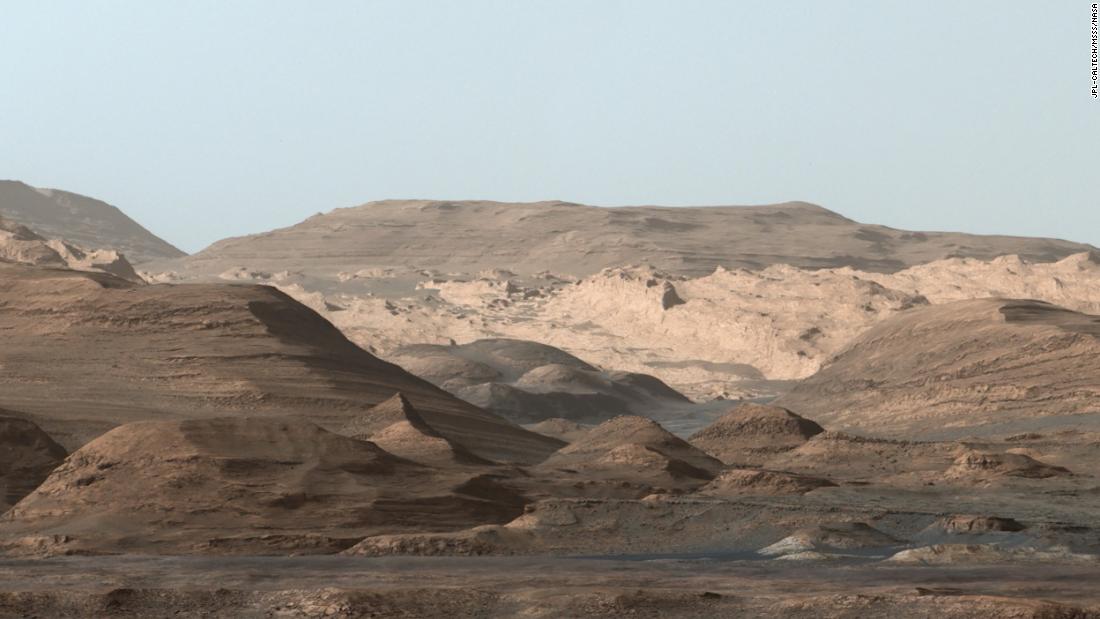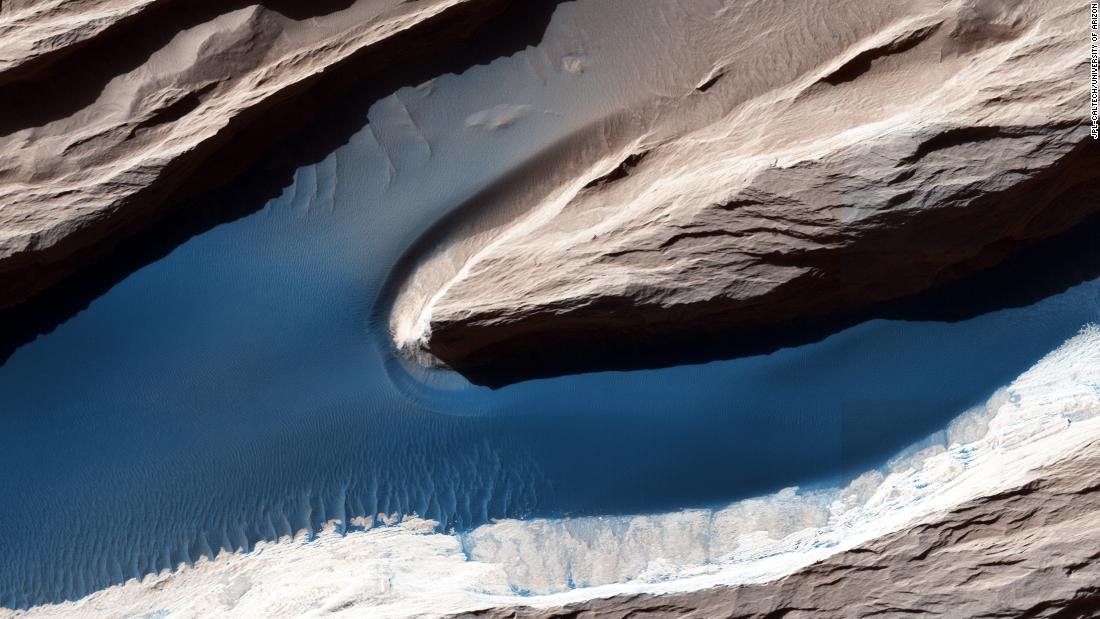Harvard’s top astronomer estimates density of alien artifacts at a quadrillion inside the Oort cloud
Oumuamua was the subject of great excitement. It was the first object humans have observed travelling through the solar system from interstellar space. But it also became controversial: its shape, the way in which it approached us, and the way it moved away are not consistent with the behaviour of an asteroid or comet. For 11 days, the world’s telescopes searched for meaning from this strange visitor.
A year later, the debate about ‘Oumuamua intensified when one of the world’s foremost astronomers, Avi Loeb, submitted a paper to the Astrophysical Journal Letters. In it, Loeb and his colleague, Shmuel Bailey, argued that ‘Oumuamua’s strange properties indicated that it was “a new class of thin interstellar material, either produced naturally, through a yet unknown process […] or of an artificial origin”. Since then, Loeb has maintained that the most rational, conservative explanation is that ‘Oumuamua was produced by an alien civilisation.
Why does Loeb believe that ‘Oumuamua was alien technology?
First, unlike most things in space, ‘Oumuamua was not moving relative to what astronomers call the local standard of rest. Loeb calls this a “very special frame of reference, sort of the galactic parking lot”. It was not that ‘Oumuamua visited us but that the sun and its attendant planets, moving through space at 450,000 miles an hour, moved past it, the sun’s gravity bumping it as a ship’s wake disturbs a piece of flotsam.
But what really excites Loeb is what happened next. ‘Oumuamua “showed an excess push away from the sun, in addition to the sun’s gravitational force acting on it”. This happens with comets, which can speed up as the frozen material on them vaporises, causing them to swerve through space and producing a distinctive “tail”. Based on the change in its speed, Loeb says ‘Oumuamua would have had to lose “about a tenth of its mass. That’s quite a lot… we should have seen a very clear cloud of gas around it.”
But ‘Oumuamua had no tail. Close observation by the Spitzer Space Telescope saw nothing around it; it did not even radiate any heat. And it did not move erratically, as comets do, but accelerated smoothly away from the sun. The most rational explanation for this, Loeb says, is that it was pushed by sunlight itself.
‘Oumuamua’s shape is also distinct from almost everything else we have observed in space. Its brightness varied by a factor of ten every eight hours, suggesting “a very extreme geometry”. The most popular depiction of ‘Oumuamua is of a long, cigar-shaped rock, but research by Sergey Mashchenko, a computational astrophysicist at McMaster University in Canada, suggests a 91 per cent chance that it is disc-shaped.
Each of these factors is highly unlikely for any astronomical object. Taken together, Loeb says, they make ‘Oumuamua “a very rare object, if it’s coming from the same reservoir of objects [asteroids and comets] that we are familiar with”.
Pan-STARRS began searching for near-Earth objects in early 2014, and discovered ‘Oumuamua in under four years. Applying the Copernican principle, we should assume that we will see another object once every three or four years. But this frequency may change, because our ability to see them is about to increase.
This year, the telescope at the Vera C Rubin Observatory in Chile will take its first test pictures – astronomers call this “first light” – of the night sky. Even more powerful than Pan-STARRS, this will repeatedly photograph everything visible in the sky using a mirror more than eight metres across and the biggest digital camera in the world.
“We could then find one such object every month,” says Loeb, “because, you know, there should be many more out there.”
The question of how many ‘Oumuamuas are out there is the point at which the inferences become dizzying. If we see one every few years, Loeb infers that “there should be one in every volume roughly the size of the orbit of the Earth around the sun”. This is a vast area in human terms, but in the immensity of space, “it’s pretty small. So it means that there are plenty of them, a quadrillion of them, inside the Oort cloud. Inside the solar system. There are lots of them.”
A year later, the debate about ‘Oumuamua intensified when one of the world’s foremost astronomers, Avi Loeb, submitted a paper to the Astrophysical Journal Letters. In it, Loeb and his colleague, Shmuel Bailey, argued that ‘Oumuamua’s strange properties indicated that it was “a new class of thin interstellar material, either produced naturally, through a yet unknown process […] or of an artificial origin”. Since then, Loeb has maintained that the most rational, conservative explanation is that ‘Oumuamua was produced by an alien civilisation.
Why does Loeb believe that ‘Oumuamua was alien technology?
First, unlike most things in space, ‘Oumuamua was not moving relative to what astronomers call the local standard of rest. Loeb calls this a “very special frame of reference, sort of the galactic parking lot”. It was not that ‘Oumuamua visited us but that the sun and its attendant planets, moving through space at 450,000 miles an hour, moved past it, the sun’s gravity bumping it as a ship’s wake disturbs a piece of flotsam.
But what really excites Loeb is what happened next. ‘Oumuamua “showed an excess push away from the sun, in addition to the sun’s gravitational force acting on it”. This happens with comets, which can speed up as the frozen material on them vaporises, causing them to swerve through space and producing a distinctive “tail”. Based on the change in its speed, Loeb says ‘Oumuamua would have had to lose “about a tenth of its mass. That’s quite a lot… we should have seen a very clear cloud of gas around it.”
But ‘Oumuamua had no tail. Close observation by the Spitzer Space Telescope saw nothing around it; it did not even radiate any heat. And it did not move erratically, as comets do, but accelerated smoothly away from the sun. The most rational explanation for this, Loeb says, is that it was pushed by sunlight itself.
‘Oumuamua’s shape is also distinct from almost everything else we have observed in space. Its brightness varied by a factor of ten every eight hours, suggesting “a very extreme geometry”. The most popular depiction of ‘Oumuamua is of a long, cigar-shaped rock, but research by Sergey Mashchenko, a computational astrophysicist at McMaster University in Canada, suggests a 91 per cent chance that it is disc-shaped.
Each of these factors is highly unlikely for any astronomical object. Taken together, Loeb says, they make ‘Oumuamua “a very rare object, if it’s coming from the same reservoir of objects [asteroids and comets] that we are familiar with”.
Pan-STARRS began searching for near-Earth objects in early 2014, and discovered ‘Oumuamua in under four years. Applying the Copernican principle, we should assume that we will see another object once every three or four years. But this frequency may change, because our ability to see them is about to increase.
This year, the telescope at the Vera C Rubin Observatory in Chile will take its first test pictures – astronomers call this “first light” – of the night sky. Even more powerful than Pan-STARRS, this will repeatedly photograph everything visible in the sky using a mirror more than eight metres across and the biggest digital camera in the world.
“We could then find one such object every month,” says Loeb, “because, you know, there should be many more out there.”
The question of how many ‘Oumuamuas are out there is the point at which the inferences become dizzying. If we see one every few years, Loeb infers that “there should be one in every volume roughly the size of the orbit of the Earth around the sun”. This is a vast area in human terms, but in the immensity of space, “it’s pretty small. So it means that there are plenty of them, a quadrillion of them, inside the Oort cloud. Inside the solar system. There are lots of them.”


